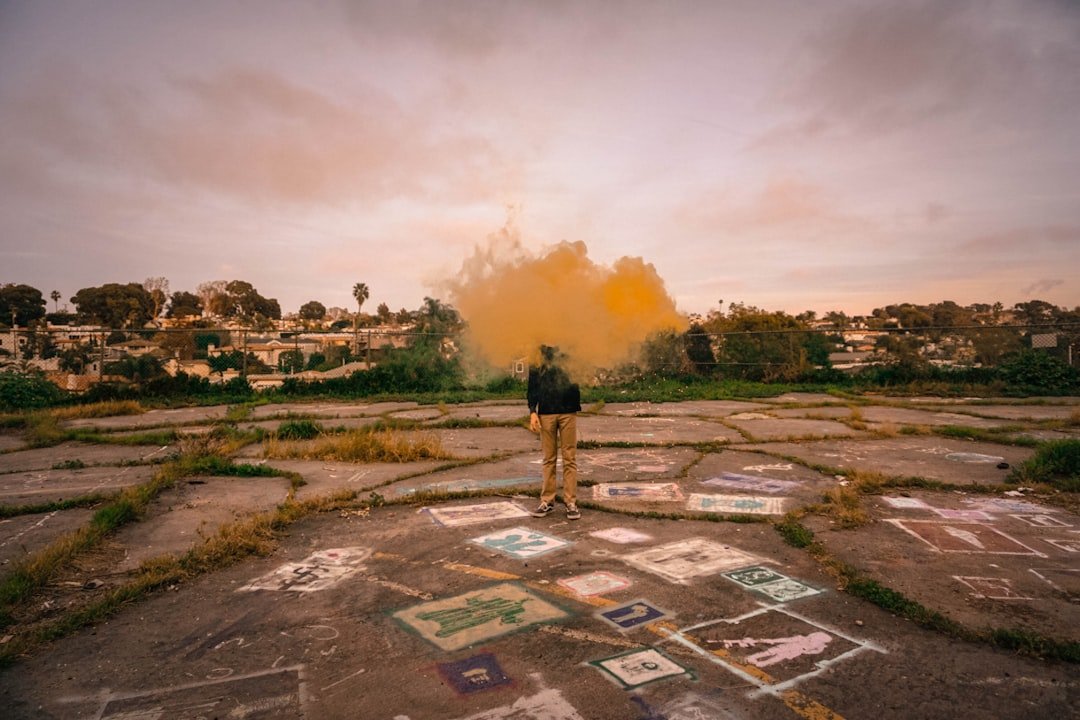As you look out over the vast landscapes of Nevada, the beauty of the state is undeniable. However, beneath this picturesque exterior lies a growing threat that has become increasingly alarming: wildfires. Over the past few years, the frequency and intensity of wildfires in Nevada have surged, fueled by a combination of factors including prolonged drought, rising temperatures, and an abundance of dry vegetation.
The state has witnessed some of the largest wildfires in its history, with flames consuming thousands of acres and threatening both natural habitats and human settlements. The reasons for this escalating threat are multifaceted. Climate change has played a significant role, altering weather patterns and creating conditions ripe for wildfires.
Additionally, human activities, such as land development and poor forest management practices, have contributed to the problem. As you navigate through the state’s diverse ecosystems, it becomes clear that the risk of wildfires is not just a seasonal concern; it is a persistent challenge that requires immediate attention and action from both residents and policymakers alike.
Key Takeaways
- Wildfires in Nevada are becoming a growing threat due to factors such as climate change and human activity.
- Nevada communities are being significantly impacted by wildfires, leading to loss of homes, property, and even lives.
- Efforts to prevent and mitigate wildfires in Nevada include controlled burns, firebreaks, and public education on fire safety.
- Climate change plays a significant role in increasing the risk of wildfires in Nevada, leading to drier conditions and more frequent extreme weather events.
- Evacuation and emergency response plans are crucial in ensuring the safety of Nevada residents during wildfire events, requiring coordination between local authorities and community members.
Impact on Nevada Communities
Emotional Toll and Uncertainty
The emotional toll can be devastating, as families grapple with uncertainty and loss in the aftermath of a fire.
Economic Consequences
Moreover, the economic repercussions are significant. Local businesses often suffer when wildfires force evacuations or lead to road closures, resulting in lost revenue and jobs. The tourism industry, which is vital to Nevada’s economy, can also take a hit as visitors shy away from areas affected by smoke and fire damage.
Broad Implications and Community Impact
As you consider the broader implications, it becomes evident that wildfires do not merely affect the immediate area; they ripple through the entire state, impacting livelihoods and community cohesion.
Efforts to Prevent and Mitigate Wildfires

In response to the growing threat of wildfires, various efforts are underway to prevent and mitigate their impact. You may have noticed increased collaboration between state agencies, local governments, and community organizations aimed at enhancing wildfire preparedness. These initiatives often include controlled burns, which help reduce excess vegetation that can fuel wildfires.
By intentionally setting small fires under controlled conditions, land managers can create firebreaks that protect communities from larger, uncontrolled blazes. Additionally, public awareness campaigns play a crucial role in educating residents about wildfire risks and safety measures. You might come across workshops or informational sessions that teach homeowners how to create defensible spaces around their properties by clearing flammable materials and maintaining landscaping.
These proactive measures empower individuals to take charge of their safety while fostering a sense of community responsibility in wildfire prevention.
The Role of Climate Change in Wildfire Risk
| Region | Increased Wildfire Risk | Contributing Factors |
|---|---|---|
| Western United States | High | Extended drought, higher temperatures, and dry vegetation |
| Australia | High | Hotter and drier conditions, reduced rainfall |
| Amazon Rainforest | High | Deforestation, climate change-induced drought |
| Siberia | High | Warmer temperatures, drier conditions, and permafrost thawing |
Climate change is an undeniable factor contributing to the increasing risk of wildfires in Nevada. As temperatures rise and precipitation patterns shift, the state experiences longer dry spells and more intense heatwaves. You may have noticed how these changes affect not only the environment but also your daily life.
The combination of higher temperatures and reduced moisture creates ideal conditions for wildfires to ignite and spread rapidly. Furthermore, climate change exacerbates existing vulnerabilities in ecosystems already stressed by human activity. As you observe the changing landscape, it becomes clear that addressing climate change is not just an environmental issue; it is a public safety concern that directly impacts your community’s resilience against wildfires.
By understanding this connection, you can advocate for policies that promote sustainability and climate action, ultimately contributing to a safer future for all Nevadans.
Evacuation and Emergency Response Plans
When wildfires threaten your community, having effective evacuation and emergency response plans in place is crucial. You may have heard stories of families scrambling to evacuate at a moment’s notice, often without clear guidance on where to go or what to do. This highlights the importance of preparedness—knowing your evacuation routes and having a plan for your family can make all the difference in an emergency.
Local authorities are working diligently to develop comprehensive emergency response plans that prioritize public safety during wildfire events. These plans often include designated evacuation zones, communication strategies to keep residents informed, and resources for those who may need assistance during evacuations. As you familiarize yourself with these plans, consider participating in community drills or informational sessions to ensure you are ready should the need arise.
Community Support and Resources for Wildfire Victims

In the aftermath of a wildfire, community support becomes a lifeline for those affected by the devastation. You may find comfort in knowing that local organizations and volunteers often rally together to provide assistance to victims—offering shelter, food, clothing, and emotional support during such trying times. This spirit of solidarity exemplifies the resilience of Nevadans as they come together to help one another rebuild.
Resources such as disaster relief funds and counseling services are also available to aid those impacted by wildfires. You might consider reaching out to local nonprofits or government agencies that specialize in disaster recovery to learn more about available support options. By staying informed about these resources, you can not only help yourself but also extend a helping hand to neighbors who may be struggling in the wake of a wildfire.
Long-Term Recovery and Rebuilding Efforts
The journey toward recovery after a wildfire is often long and challenging. As you witness communities begin to rebuild, it’s essential to recognize that recovery goes beyond physical reconstruction; it involves healing emotional wounds as well. Many individuals may experience trauma or loss that lingers long after the flames have been extinguished.
Community support systems play a vital role in facilitating this healing process by providing counseling services and creating spaces for individuals to share their experiences. Rebuilding efforts also present an opportunity for communities to reassess their infrastructure and implement more resilient practices moving forward. You may see initiatives focused on sustainable building materials or improved land management strategies designed to reduce future wildfire risks.
By embracing these changes, communities can emerge stronger than before—transforming adversity into an opportunity for growth and innovation.
The Importance of Wildfire Preparedness and Education
Ultimately, wildfire preparedness and education are paramount in safeguarding Nevada’s communities against the growing threat of wildfires. You have the power to make a difference by staying informed about wildfire risks and actively participating in preparedness initiatives within your community. Whether it’s attending workshops on fire safety or volunteering with local organizations focused on wildfire prevention, every action counts.
Education plays a critical role in fostering a culture of preparedness. By sharing knowledge with friends and family about how to create defensible spaces or develop emergency plans, you contribute to building a more resilient community overall. As you engage with your neighbors on this important issue, remember that collective action can lead to meaningful change—ensuring that Nevada remains a safe haven for generations to come.
In conclusion, as you reflect on the growing threat of wildfires in Nevada, it becomes clear that addressing this issue requires a multifaceted approach involving prevention, education, community support, and long-term recovery efforts. By staying informed and engaged, you can play an active role in protecting your community from the devastating impacts of wildfires while fostering resilience in the face of adversity. Together, we can work towards a safer future for all Nevadans amidst the challenges posed by wildfires.
